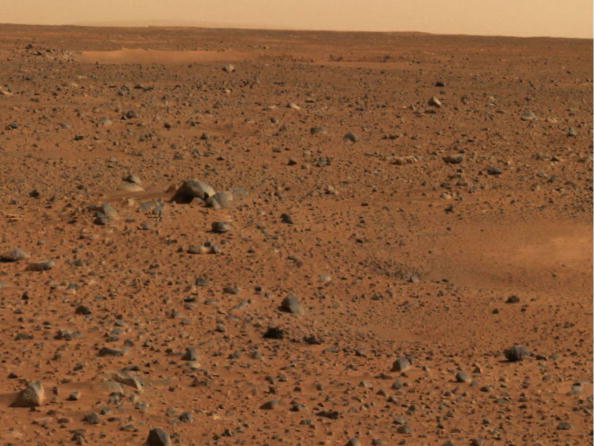
Man has been interested in going to Mars ever since the Red Planet was discovered. Terra forming and settling on the planet and its moons have been the subject of science fiction for most of the 20th century. However it wasn't until the 1950s when government space agencies like NASA begun seriously considering sending human beings to Mars. Since then, scientists and researchers have made significant developments in making the Mars dream a reality. In fact, just recently NASA unveiled plans in creating a spacecraft that could take a space crew to the Red Planet in under a week.
Considering the fastest spacecraft NASA has developed, the New Horizons, it would take an average of 162 days for the rocket to reach Mars. However NASA scientist Philip Lubin recently claimed that he might be able to build a laser propulsion system that could take a 100 kilogram spacecraft to Mars in just three days. He claimed that in using his proposed technology a manned rocket would be in transit to the Red in just a month.
He explain that his propulsion system would be powered by electromagnetic acceleration as opposed to the chemical acceleration technology used in spacecrafts at present. Chemical acceleration relies on a fuel supply that weighs a rocket down. Lubin claims that in doing away with the heavy load would make acceleration less burdensome.
"Electromagnetic acceleration is only limited by the speed of light while chemical systems are limited to the energy of chemical processes," quipped Lubin.
Lubin has further explained that his propulsion system only needs an intense light source to accelerate. The scientists however was quick to admit that much research is required for his ideas to materialize. Fortunately, Lubin and his team received a grant from NASA to show what photonic propulsion could do for space travel.
